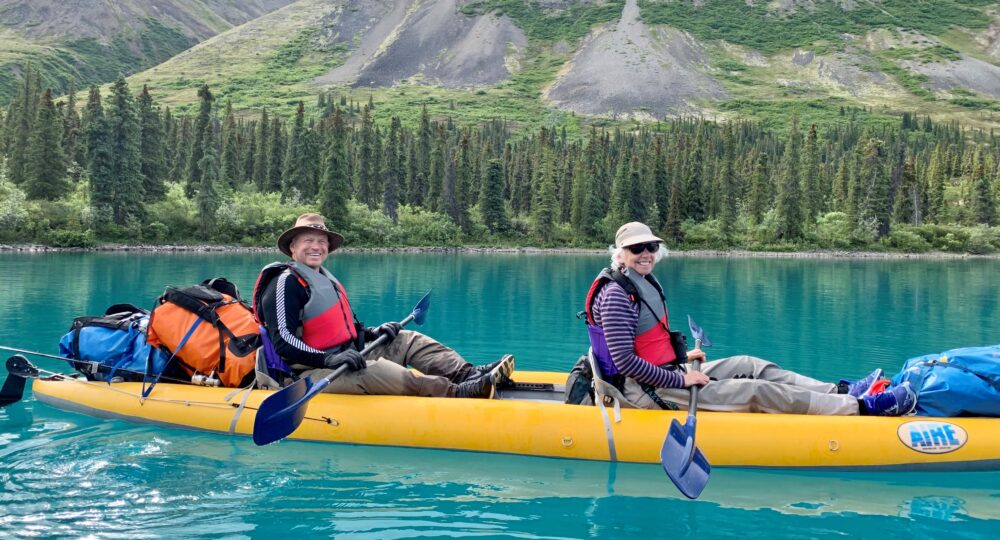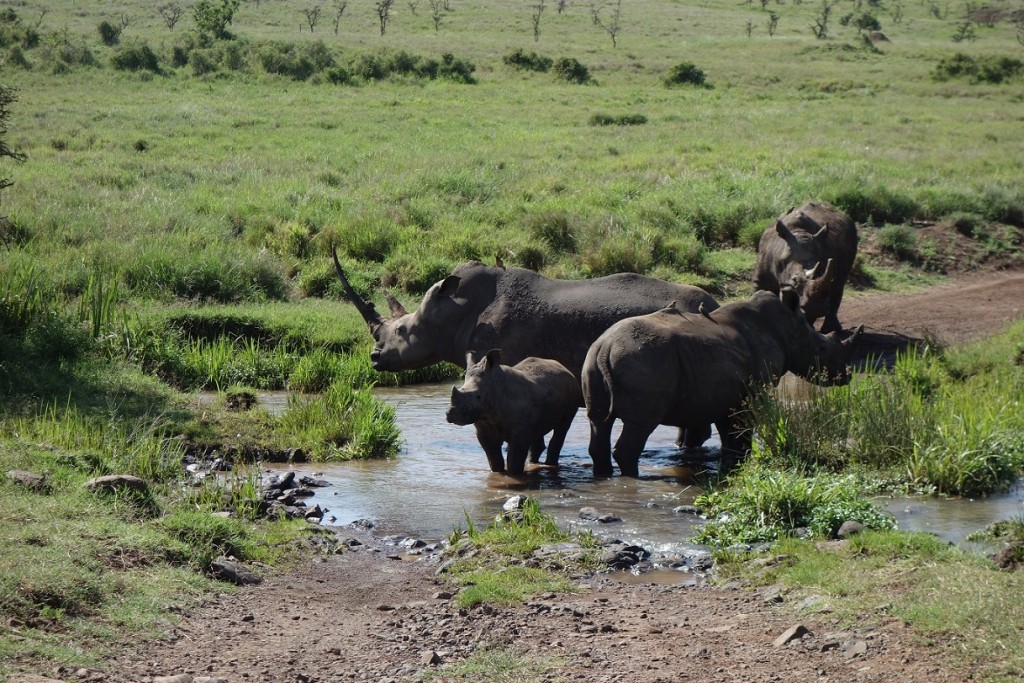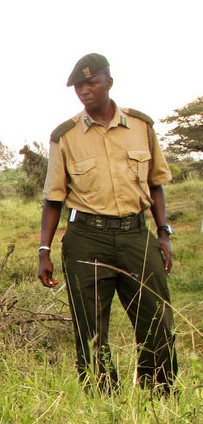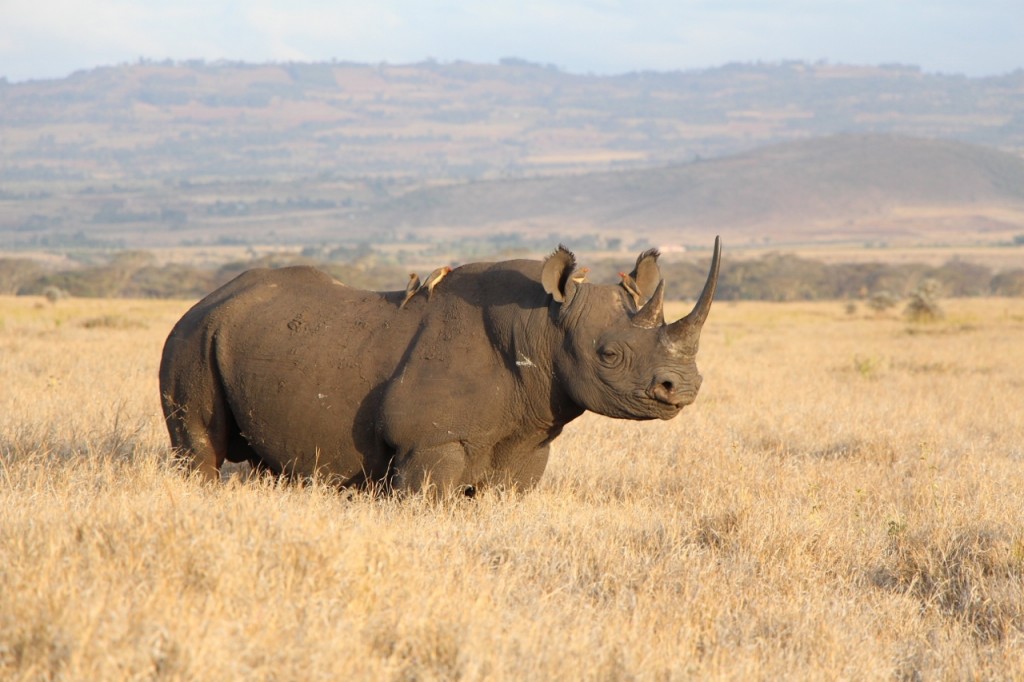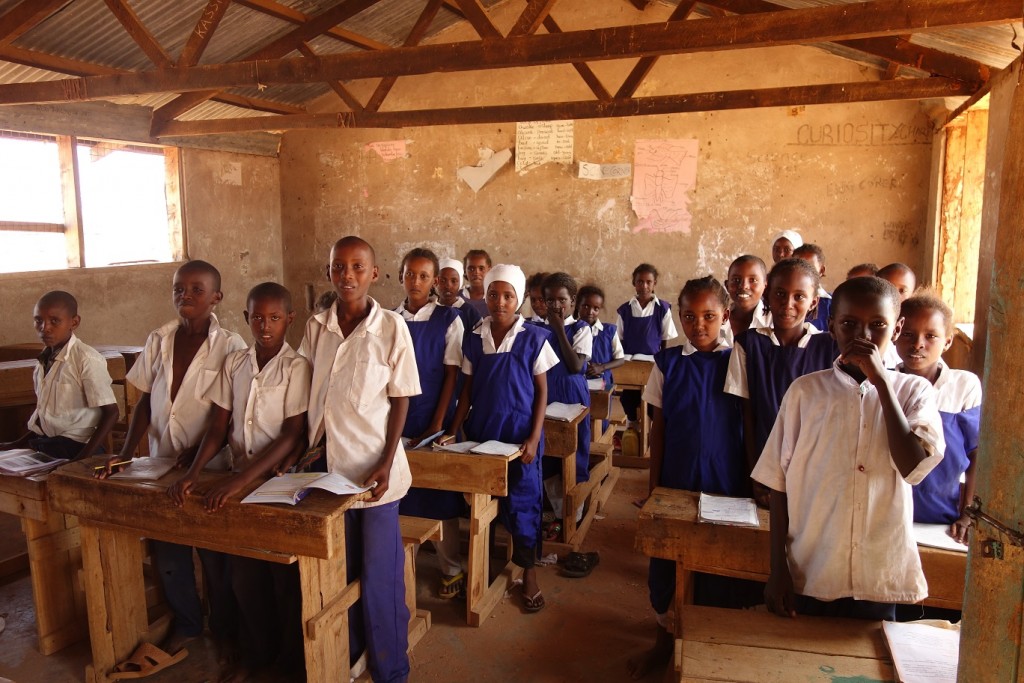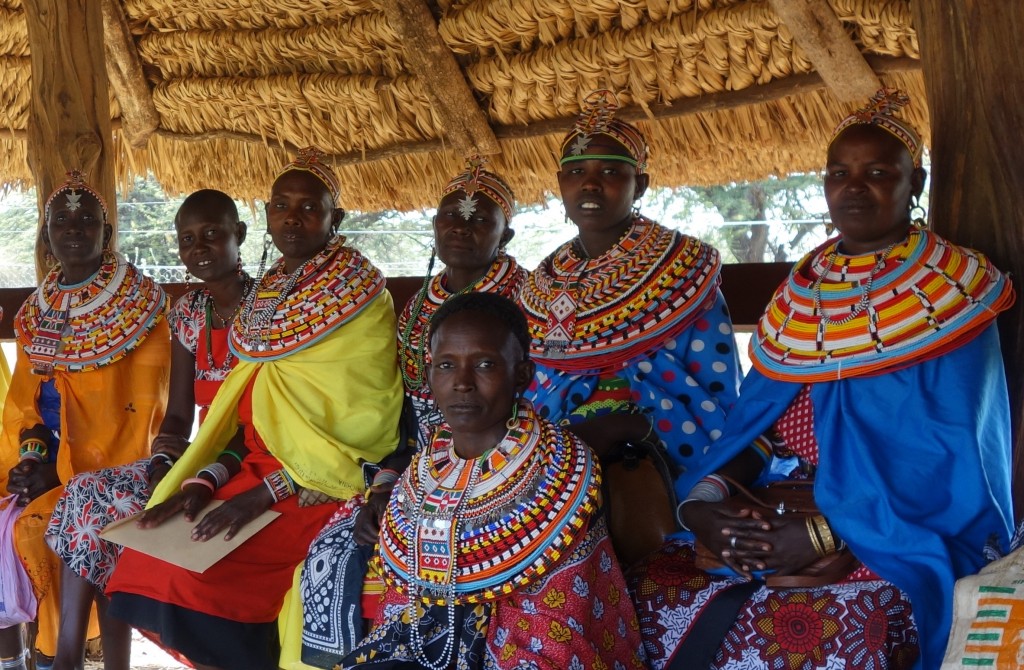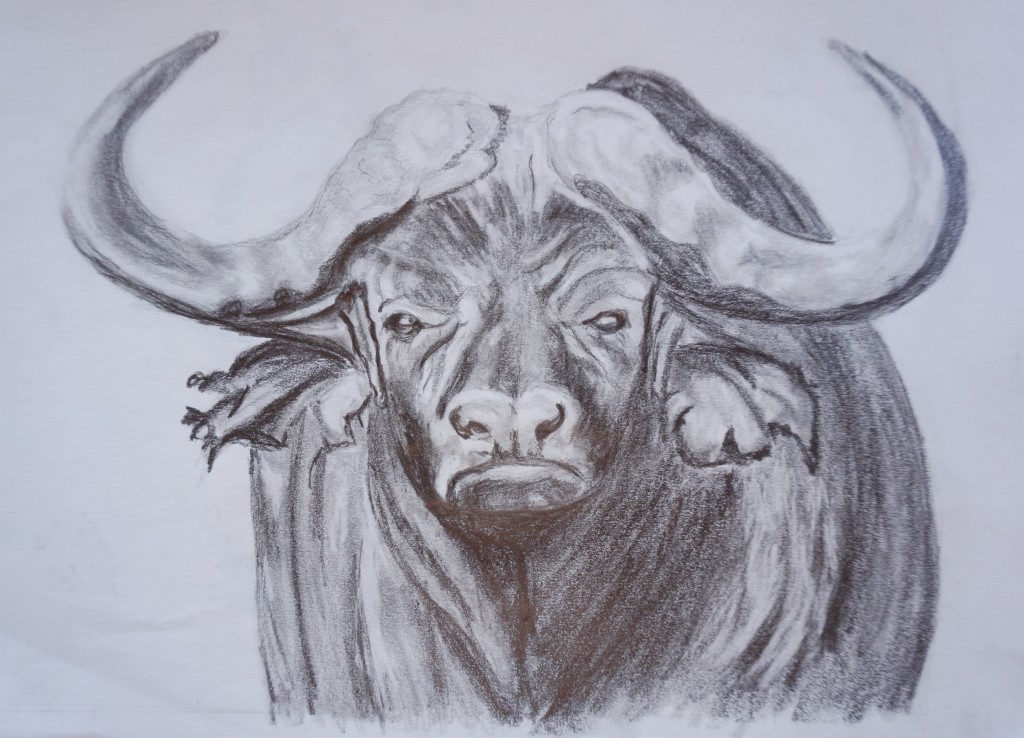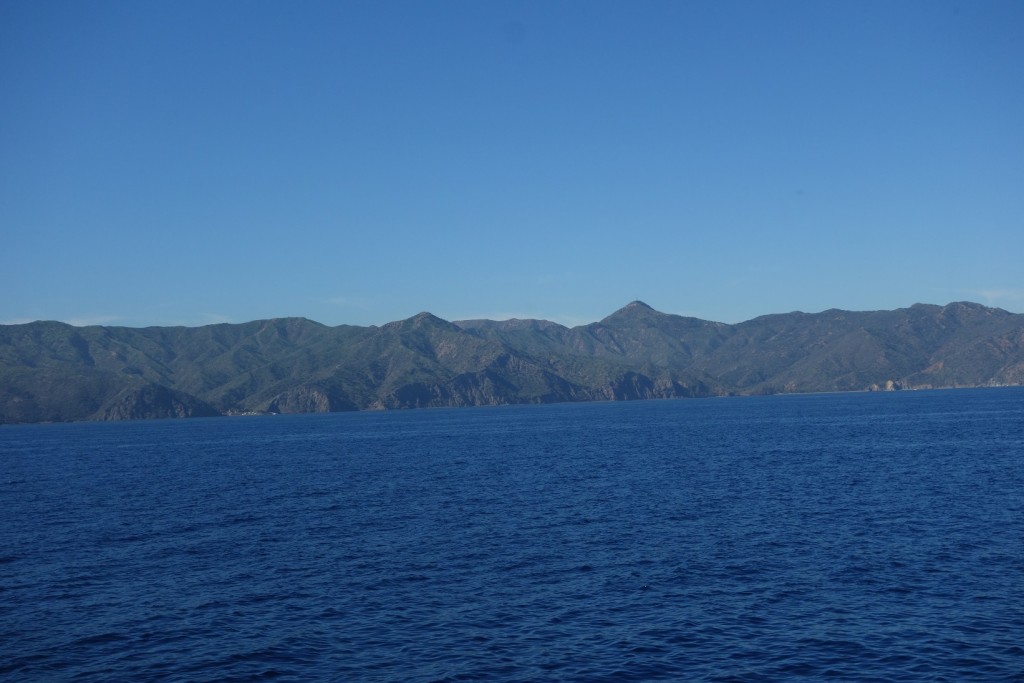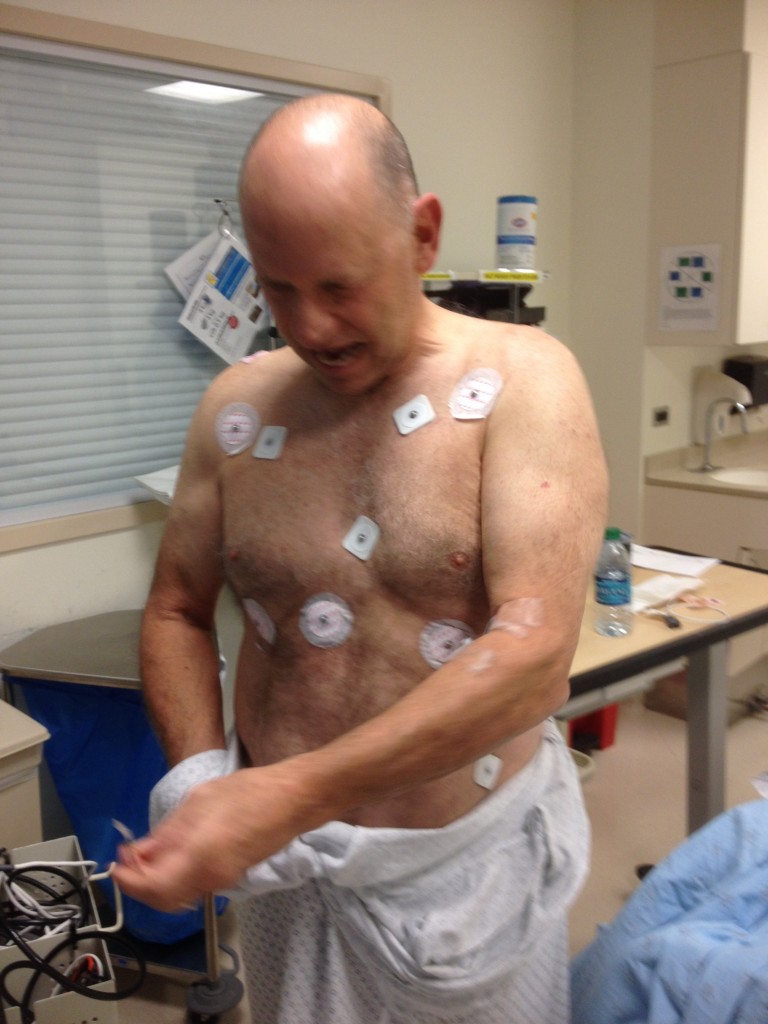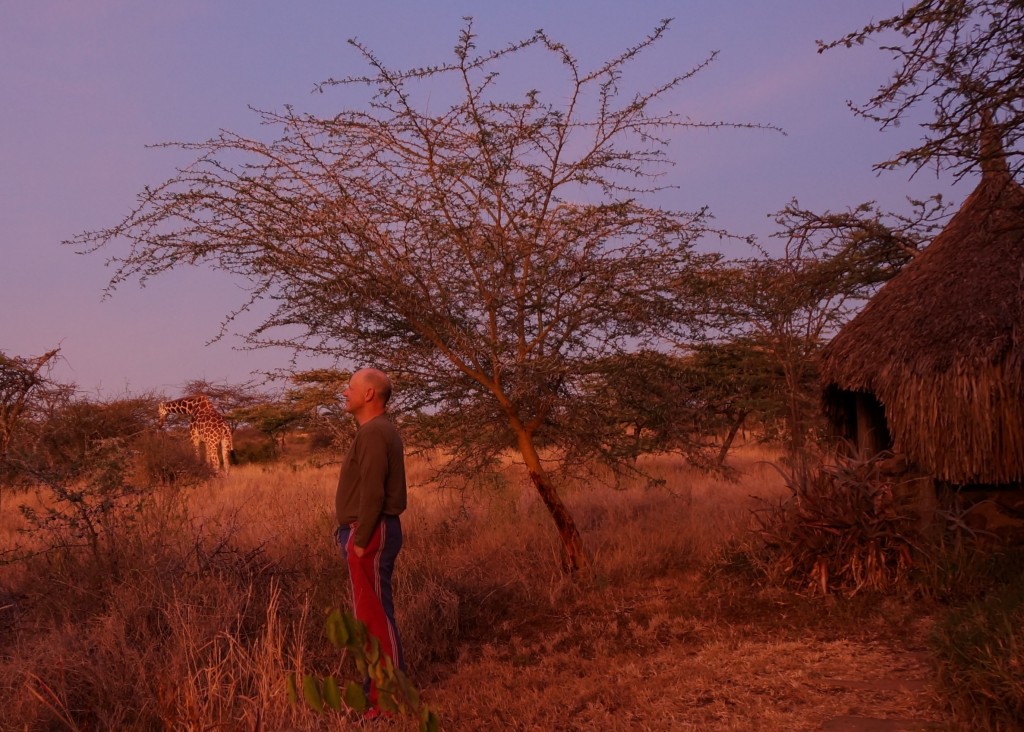Daraja and NRT need your help!
We have reached pledges totaling $20,450 out of the $60,000 that we need to raise. That is a good start, 34%, but it is time to do more. Is there anyone out there that intended to pledge but had it slip their mind? If so, now is the time. Anyone who thought about it but hadn’t made up their mind? Now is the time. Anyone who thought that others would give enough? Now is the time. Anyone who has already pledged but on second thought wants to be even more generous? Now is the time. Step up and help us reach our goal.
We are raising money to support Daraja Academy build a new set of classrooms so they can double the number of girls of poverty they are training to be leaders in their communities. In exchange they will promise a specific number of seats for young women of poverty from NRT conservancies. A huge win-win for both Daraja and NRT girls.
We can do this with your help. Every $100, $500, $1,000, or more will be going to a great cause.
Remember, for now, just send me a pledge at jknapp@usinternet.com. I’ll contact you when and how to actualize the tax deductible donation.
Thanks in advance.
John Knapp
